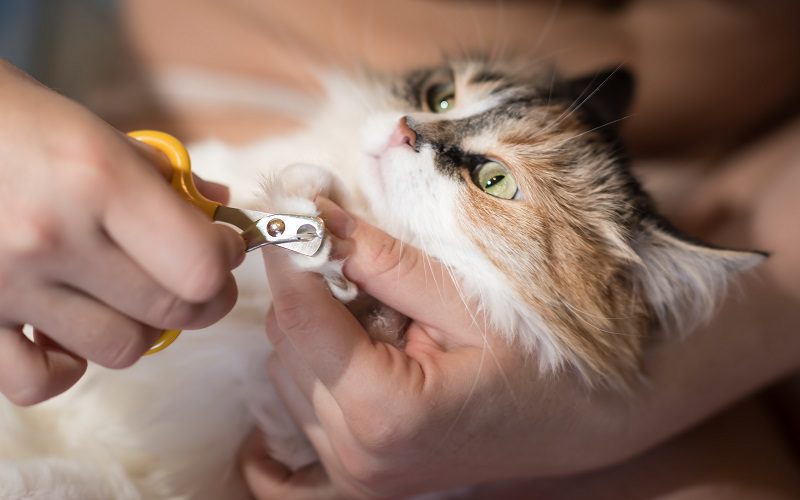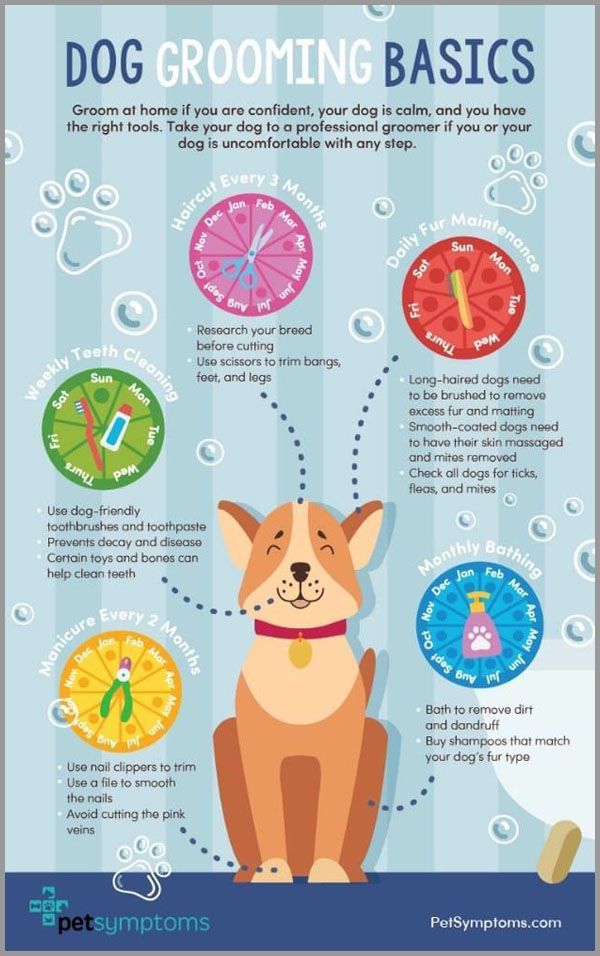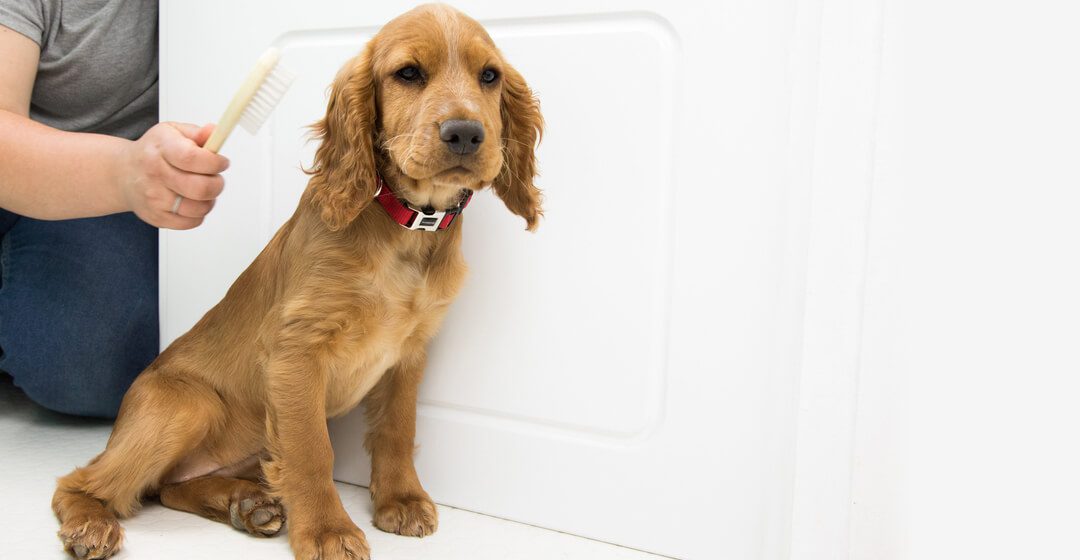Before getting your first cat, learn about the responsibilities of owning a pet. Understand their needs for care, attention, and companionship. Choose the right cat for your family's lifestyle. Be patient and give them time to adjust to their new home.
Key Takeaways:
- Proper nutrition is essential for a cat's overall health and well-being. Ensure you provide a balanced diet that meets their specific nutritional needs.
- Regular grooming is important to keep your cat's coat clean and prevent matting. Brushing their fur, trimming nails, and cleaning ears should be part of your routine.
- Cats need mental stimulation and exercise to prevent boredom and maintain a healthy weight. Provide interactive toys, scratching posts, and playtime to keep them active and entertained.
- Establish a consistent litter box routine to promote good litter habits. Keep the litter box clean, accessible, and in a quiet area to ensure your cat feels comfortable using it.
- Schedule regular veterinary check-ups to monitor your cat's health, vaccinate against diseases, and address any potential issues early on. Prevention is key in maintaining their well-being.
Things to Know Before Getting Your First Cat
Understanding the Responsibilities of Owning a Cat
Before bringing a cat into your home, it's important to understand the responsibilities that come with owning a pet. Cats require daily care and attention, including feeding, grooming, and playtime. They also need regular veterinary check-ups and vaccinations to stay healthy. It's essential to budget for these expenses and ensure you have enough time and energy to devote to your new feline friend.
Additionally, cats are independent animals but still need social interaction and companionship. They may become stressed or lonely if left alone for long periods. Consider whether you have the time and ability to provide the necessary attention and affection that a cat needs.
Choosing the Right Cat for Your Family
When choosing a cat, consider factors such as size, temperament, and activity level that will fit well with your family's lifestyle. Some cats are more active and playful, while others are more relaxed and laid-back. If you have young children or other pets at home, it's important to select a cat that is known for being friendly and tolerant in those situations.
You can adopt a cat from an animal shelter or rescue organization where they can help match you with the right cat based on your preferences and living situation. It's also important to consider any allergies within your family before bringing a cat into your home.
The Importance of Patience when Bonding with Your New Cat
Bringing a new cat into your home can be exciting but also requires patience. Cats need time to adjust to their new environment and may be initially shy or nervous. Give them space to explore their surroundings at their own pace.
To build trust with your new cat, spend time sitting quietly near them, offering gentle pets and treats. Avoid forcing interactions or overwhelming them with too much attention. Gradually increase the amount of time you spend together, allowing your cat to become comfortable and confident in their new home.
Remember, each cat is unique, and it may take some time for them to fully bond with you. Be patient and understanding as you develop a strong and loving relationship with your new furry companion.
Choosing the Right Cat for Your Family: A Simple Guide
Understanding Different Cat Breeds
Cats come in various breeds, each with its own characteristics and traits. Some popular cat breeds include Persians, Siamese, Maine Coons, and Abyssinians. Each breed has unique physical features, temperaments, and care requirements.
If you have specific preferences in terms of appearance or personality traits, researching different cat breeds can help you find a cat that matches your expectations. Keep in mind that mixed-breed cats can also make wonderful pets and may have fewer health issues than purebred cats.
Considering Age when Adopting a Cat
The age of a cat can play a significant role in determining if they are the right fit for your family. Kittens require more time and attention as they go through their playful and energetic stages. They also need additional training to learn proper behavior.
Adult cats are generally more settled in their personalities and may be better suited for families with young children or other pets. Senior cats can be great companions for individuals or families seeking a calm and low-maintenance pet.
Benefits of Adopting an Older Cat
- They are often already litter trained
- They tend to be less destructive compared to kittens
- They are more likely to be already spayed or neutered
- They may have a calmer demeanor and require less exercise
Considering Your Living Space
Before bringing a cat home, consider the size of your living space. Some cats, such as the Maine Coon breed, are larger and need more room to roam and play. Other breeds, like the Scottish Fold, are better suited for apartments or smaller homes due to their smaller size and lower activity levels.
If you live in a rented space, make sure to check with your landlord about any pet restrictions or additional fees. It's also important to create a safe environment for your cat by removing any potentially harmful objects or toxic plants from their reach.
Essential Supplies for Bringing a New Cat Home
When bringing a new cat home, it is important to have all the essential supplies ready to ensure their comfort and well-being. Here are some must-have items:
Litter Box
A litter box is crucial for your cat's hygiene. Choose one that is large enough for them to comfortably move around in and consider getting a covered box to provide privacy.
Cat Bed
A cozy bed will give your cat a comfortable place to rest and sleep. Look for a bed that is soft, washable, and provides adequate support.
Food and Water Bowls
Invest in sturdy, non-toxic bowls for your cat's food and water. Stainless steel or ceramic bowls are recommended as they are easy to clean and don't retain odors.
Toys
Cats need mental stimulation and playtime. Provide them with a variety of toys such as interactive toys, feather wands, and balls to keep them entertained.
Create a Safe and Comfortable Space for Your New Cat
Before bringing your new cat home, it's important to create a safe and comfortable space where they can adjust gradually. Follow these tips:
Dedicated Room
Choose a quiet room where your cat can feel secure initially. Set up their litter box, bed, food, and water bowls in this room.
Hiding Places
- Provide hiding spots such as cardboard boxes or covered beds where your cat can retreat when feeling overwhelmed or anxious.
- Place soft blankets or towels in these hiding places to make them more inviting.
Vertical Space
- Install cat shelves or provide tall scratching posts to give your cat vertical space to climb and explore.
- This will help them feel more secure and prevent boredom.
Tips for Properly Feeding and Watering Your Cat
Feeding and watering your cat correctly is essential for their health. Follow these tips:
Dietary Needs
Consult with your veterinarian to determine the appropriate diet for your cat's age, breed, and any specific health conditions they may have.
Scheduled Meals
- Establish a feeding schedule with consistent meal times to regulate their appetite and digestion.
- Avoid leaving food out all day as it can lead to overeating or attract pests.
Fresh Water
- Ensure your cat always has access to fresh water by providing clean water bowls or using a pet fountain that filters and circulates water.
- Regularly clean the water bowls to prevent bacteria growth.
Grooming Your Cat: How Often and Simple Techniques
Grooming is an important part of keeping your cat healthy and comfortable. Here are some grooming tips:
Brushing
Regular brushing helps remove loose hair, prevents matting, and stimulates blood circulation. The frequency of brushing depends on your cat's coat length:
- Short-haired cats: Brush once a week with a soft-bristle brush or grooming glove.
- Long-haired cats: Brush daily with a wide-toothed comb or slicker brush to prevent tangles and mats.
Nail Trimming
Trim your cat's nails regularly to prevent them from becoming too long or sharp. Use cat-specific nail clippers and be careful not to cut the quick, which can cause bleeding.
Signs of Sickness in Cats and What to Do About It
It is important to be aware of signs of sickness in cats so you can seek veterinary care promptly. Look out for these common symptoms:
Changes in Appetite or Water Intake
- Loss of appetite or excessive thirst can indicate underlying health issues.
Lethargy
- If your cat is unusually tired, lacks energy, or seems weak, it may be a sign of illness.
Behavioral Changes
- Sudden aggression, hiding excessively, or avoiding interaction could indicate pain or discomfort.
What to Do
If you notice any concerning symptoms, contact your veterinarian for guidance. They will be able to assess your cat's condition and provide appropriate treatment if necessary.
Training Your New Cat to Use the Litter Box: Dos and Don'ts
To ensure proper litter box usage, follow these dos and don'ts when training your new cat:
Dos
- Choose an appropriate litter box size that allows your cat to comfortably turn around.
- Place the litter box in a quiet and easily accessible location.
Dont's
- Avoid scolding or punishing your cat if they have accidents outside the litter box as it may create fear or anxiety.
- Avoid using strong-smelling cleaning products near the litter box as it may deter your cat from using it.
Fun Activities and Toys to Keep Your Cat Entertained and Stimulated
Cats need mental and physical stimulation to prevent boredom and promote overall well-being. Here are some fun activities and toys:
Puzzle Feeders
- Use puzzle feeders or treat-dispensing toys to engage your cat's natural hunting instincts while providing mental stimulation.
Interactive Toys
- Choose interactive toys such as feather wands, laser pointers, or balls that encourage playtime with you.
Rotating Toys
- Rotate your cat's toys regularly to keep them interested and prevent them from losing interest in the same toys over time.
| Conclusion | |
| Raising a cat can be a rewarding and fulfilling experience. By understanding their basic needs, providing proper care, and creating a loving environment, you can ensure that your first cat has a happy and healthy life. | |
What do first time cat owners need?
If you're a first-time cat owner, you likely already know that you'll need a litter box and pet food. However, there are a few more essential items you should have before bringing your new cat home. At the minimum, you'll need a carrier to transport your cat, cat-friendly food bowls, a litter box with litter, and a durable scratching post.
How long does it take for a cat to get used to a new home?
When your cat starts showing curiosity about leaving the room or starts begging to be let out, it means they are ready to explore the rest of the house. Usually, cats will adapt to their new surroundings within one to two weeks. However, if you have other pets in the house, it may take several months for everyone to fully adjust.
What to do with a new cat at night?
During the initial night in their new home, it is advisable to let your cat be alone in a room where they have all the necessary resources. Make sure they have a designated sleeping area like a cat bed or a cardboard box lined with a soft material, but don't be surprised if they choose a different spot to sleep in.
How long can cats be left alone?
What is the maximum amount of time that cats can be left alone? While most cats can handle being alone for a day or overnight, it is recommended not to leave them unattended for more than 12 hours. However, it is important to note that young kittens, elderly cats, and those with medical issues or special needs may require more frequent check-ins.
Should you get a male or female cat?
Male cats are typically more friendly and affectionate towards both humans and other cats. They often develop strong relationships with other cats in the household, even if they are not siblings. In contrast, female cats are often more aloof. If you are seeking a cat that likes to cuddle, it may be a good idea to adopt a male.
What is the most difficult age for a cat?
If you find this situation familiar, it could be because your cat is going through the "Terrible Two's" phase! Cats are considered young until the age of 2, and similar to human children, they may begin to display a different temperament between 6 months and 2 years old. This can range from defiance during the "Terrible Two's" phase to exhibiting teenage-like behavior.

















